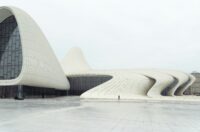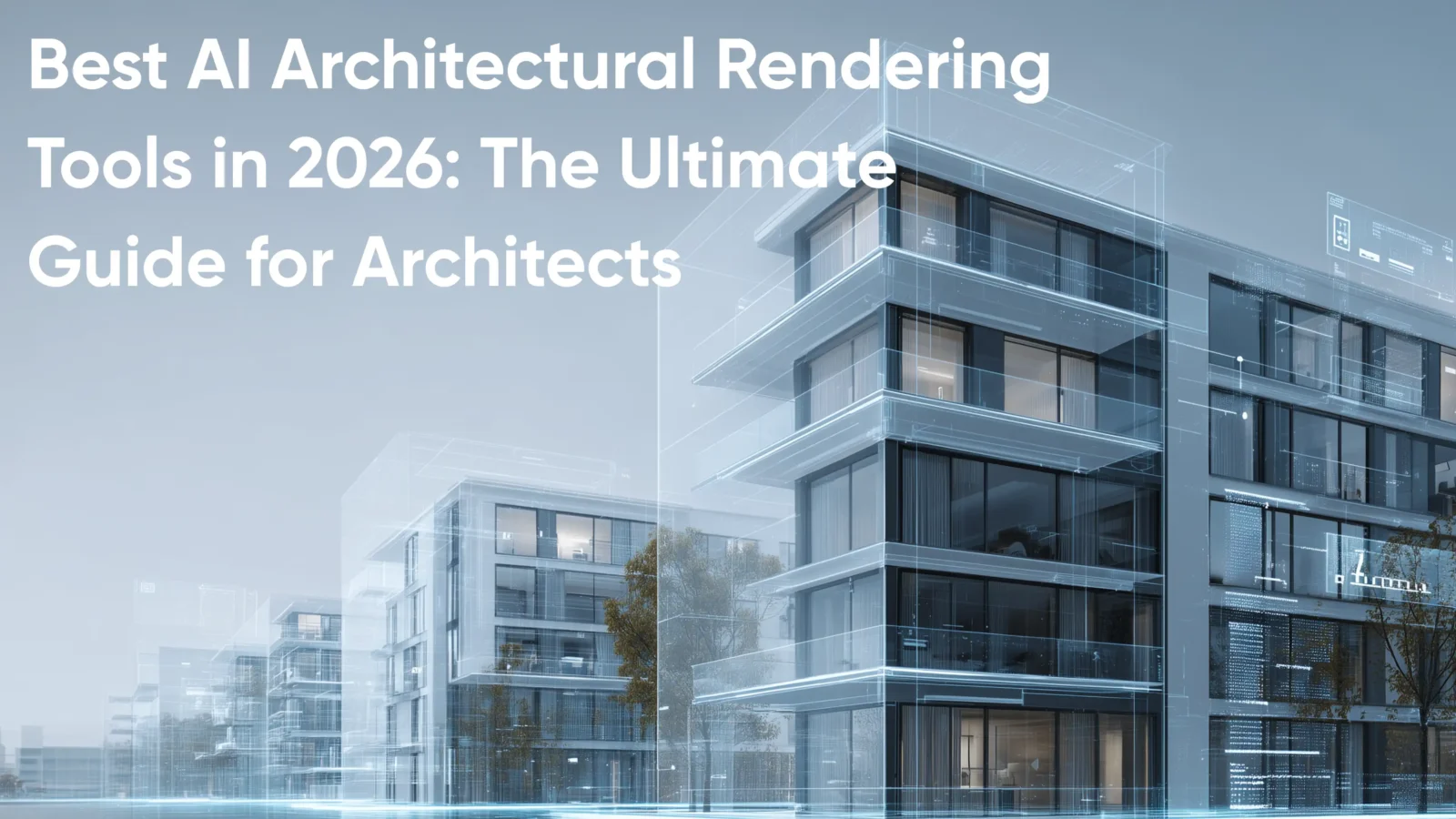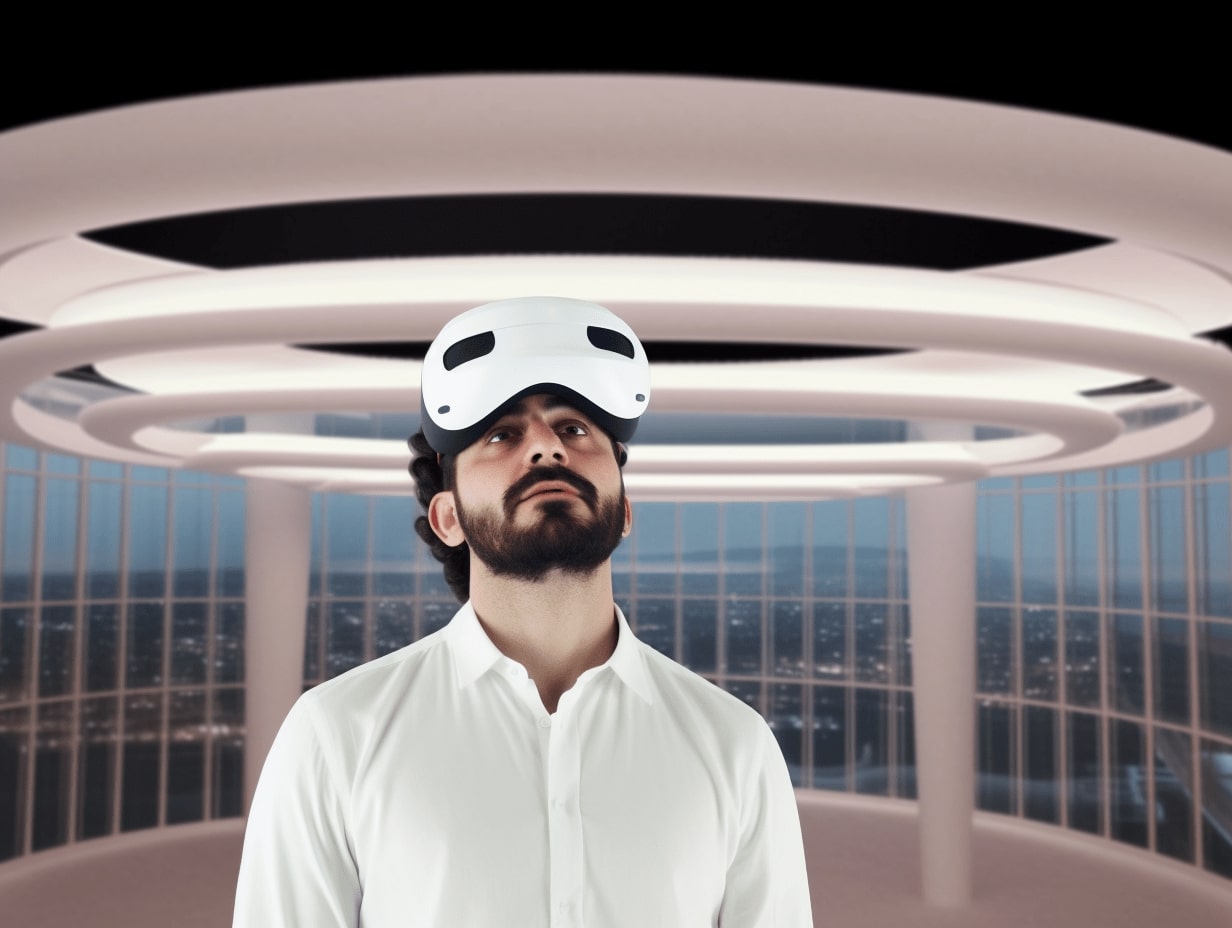- Home
- Articles
- Architectural Portfolio
- Architectral Presentation
- Inspirational Stories
- Architecture News
- Visualization
- BIM Industry
- Facade Design
- Parametric Design
- Career
- Landscape Architecture
- Construction
- Artificial Intelligence
- Sketching
- Design Softwares
- Diagrams
- Writing
- Architectural Tips
- Sustainability
- Courses
- Concept
- Technology
- History & Heritage
- Future of Architecture
- Guides & How-To
- Art & Culture
- Projects
- Interior Design
- Competitions
- Jobs
- Store
- Tools
- More
- Home
- Articles
- Architectural Portfolio
- Architectral Presentation
- Inspirational Stories
- Architecture News
- Visualization
- BIM Industry
- Facade Design
- Parametric Design
- Career
- Landscape Architecture
- Construction
- Artificial Intelligence
- Sketching
- Design Softwares
- Diagrams
- Writing
- Architectural Tips
- Sustainability
- Courses
- Concept
- Technology
- History & Heritage
- Future of Architecture
- Guides & How-To
- Art & Culture
- Projects
- Interior Design
- Competitions
- Jobs
- Store
- Tools
- More
Building Expertise: The Key Knowledge and Skills Required for Architectural 3D Visualization

3D architectural visualization has become a cornerstone in the architecture, real estate, and product design industries. Creating detailed and realistic representations of architectural projects is a technical capability blended with art through 3D architectural rendering services. The mix of technical efficiency and creative vision creates compelling visual narratives, bringing architectural concepts to life.
Table of Contents
ToggleWays to Gain Knowledge and Improve Your Experience
For those interested in advancing their skills in 3D architectural rendering, various reputable platforms and institutions offer certifications that can enhance your portfolio and professional credibility. Here are some concrete suggestions:
- Autodesk Certification: As a leader in 3D design software, Autodesk offers certifications in software like 3ds Max and Revit, which are staples in architectural rendering. These certifications are recognized worldwide and can be pursued through authorized Autodesk Training Centers.
- Coursera: Partnering with leading universities and organizations, Coursera offers graphic design and 3D modeling courses that often include software used in architectural rendering. For instance, courses like “3D Modeling from Architectural Drawings” can provide foundational skills and a certificate upon completion.
- Udemy: This platform offers various courses targeting specific software skills, including SketchUp and V-Ray courses. These courses suit beginners and experienced professionals looking to refine specific technical skills.
- com (now LinkedIn Learning): With a subscription to LinkedIn Learning, users can access a vast library of courses covering critical 3D rendering software like Rhino, SketchUp, and more. Each course completion comes with a certificate that can be added to your LinkedIn profile.
- The Gnomon Workshop: Known for its specialization in entertainment and visual effects training, the Gnomon Workshop offers detailed tutorials in 3D rendering techniques applicable to architectural visualization.
- Local Technical Colleges and Universities: Many local institutions offer courses or degrees in digital arts or architectural technology, which include 3D rendering skills. These programs often provide more comprehensive training and typically end with a degree or professional certificate.
- Professional Workshops and Seminars: Industry-specific workshops and seminars, often hosted at professional conferences or by professional organizations like the American Institute of Architects (AIA), offer hands-on training sessions and networking opportunities that are invaluable for professionals in the field.
By choosing the right certification path, you can gain the necessary skills in 3D architectural rendering and enhance your employability and professional development in the architecture and design industry.

Basic Technical Skills
Master of 3D Modeling and Rendering Software
Software command is essential in architectural 3D visualization. Programs like AutoCAD, Rhino, SketchUp, Revit, and 3ds Max are industry standards. These tools help the designer establish the base by creating accurate and detailed models, which is crucial for this service area. Mastery of these tools allows for the creation of complex architectural designs and realistic renderings.
Understanding of Architectural Design Principles
Understanding architectural design principles is vital. For instance, knowledge of composition helps in arranging elements in a scene, proportion guides the scaling of objects, lighting techniques create ambiance, and color theory influences the mood of the design. These principles create aesthetic and realistic renderings, effectively conveying design intentions. Visualizers should apply these concepts to make renderings visually appealing and realistic.
Creativity and Attention to Detail
Creativity
The heartbeat of architectural visualization lies in creativity. A strong visualizer can transform basic ideas into visually stunning designs. Creativity, which involves exploring multiple design solutions and presenting unique concepts that stand out, can inspire and ignite the imagination. It drives innovation and produces engaging, memorable visualizations.
Attention to Detail
Detail-oriented visualization differentiates good renders, which may be visually appealing but lack accuracy, from great ones, which are both visually stunning and accurately represent the design. A meticulous eye for detail ensures that every design aspect is accurately represented. This includes spotting and correcting inconsistencies and ensuring the final product is precise and realistic. High-quality 3d rendering services rely heavily on this precision.
Communication and Collaboration
Communication Skills
Good communication is crucial in this field. A visualizer must convey ideas clearly and respond to feedback efficiently. Effective communication ensures cohesive collaboration with architects, designers, and clients, achieving project goals and satisfaction.
Collaboration
Teamwork is not just important, it’s essential for a successful architectural visualization project. Visualizers often work in teams and must integrate feedback from various stakeholders while maintaining the design’s integrity. Collaboration leads to better project outcomes and higher client satisfaction, making the audience feel valued and integral to the process.

Project Management and Professionalism
Project Management
Strong project management skills are needed to handle multiple projects and meet deadlines without compromising quality. This includes effective time and workflow management, ensuring projects are completed on schedule and within budget. Prioritizing tasks and coordinating with team members is crucial for desired results.
Professionalism
Professionalism builds trust and long-term client relationships. A visualizer should gracefully handle client feedback, make necessary adjustments, and maintain professional behavior throughout the project. This professionalism ensures clients feel valued and understood, leading to repeat business and referrals.
Specialized Skills
Animation and Visual Representation
Animation and presentation skills have become major parts of architectural visualization. Developing 3D animations and walkthroughs provides an immersive experience, helping clients understand the spatial dynamics of their projects. These skills are essential for effective presentations and marketing, making designs more engaging.
Advanced Tools for Technical Skills
Mastery of advanced tools and technologies like Unreal Engine, Lumion, V-Ray, and Corona allows visualizers to create high-quality rendering and interactive experiences. These tools enable the production of detailed and realistic visualizations, enhancing the overall quality and impact of architectural rendering services.
Conclusion
Blending technical skills with creativity and effective communication is crucial to excel in architectural 3D visualization. Mastering software tools, understanding design principles, paying attention to detail, and maintaining professionalism are essential. Emphasizing the importance of continuous learning and professional development, which are vital to staying updated with industry trends and advancements, can motivate and commit the audience to their growth. By honing these skills, one can produce high-quality 3d architectural rendering that captivates and convinces clients.
Author:
Finn Erlund
With a keen eye for the latest industry trends and technologies, Finn brings his readers over a decade of experience. His articles delve into the intricacies of 3D modeling, innovative architectural practices, and the impact of new technologies on traditional and modern design.
illustrarch is your daily dose of architecture. Leading community designed for all lovers of illustration and #drawing.
Submit your architectural projects
Follow these steps for submission your project. Submission FormLatest Posts
25 Best AI Architectural Rendering Tools in 2026
AI is revolutionizing architectural visualization in 2026, enabling faster iterations, richer creativity,...
Best 3D Printers for Architectural Model Making
3D printing has transformed how architects visualize and communicate their ideas. From...
Visualizing the Invisible: How 3D Rendering Revolutionizes Basement Waterproofing Design
The architectural visualization revolution has transformed how designers approach complex building challenges,...
Revolutionizing Design: The Impact of VR in Architecture
Discover how virtual reality (VR) is transforming architecture by enhancing design visualization...












Leave a comment